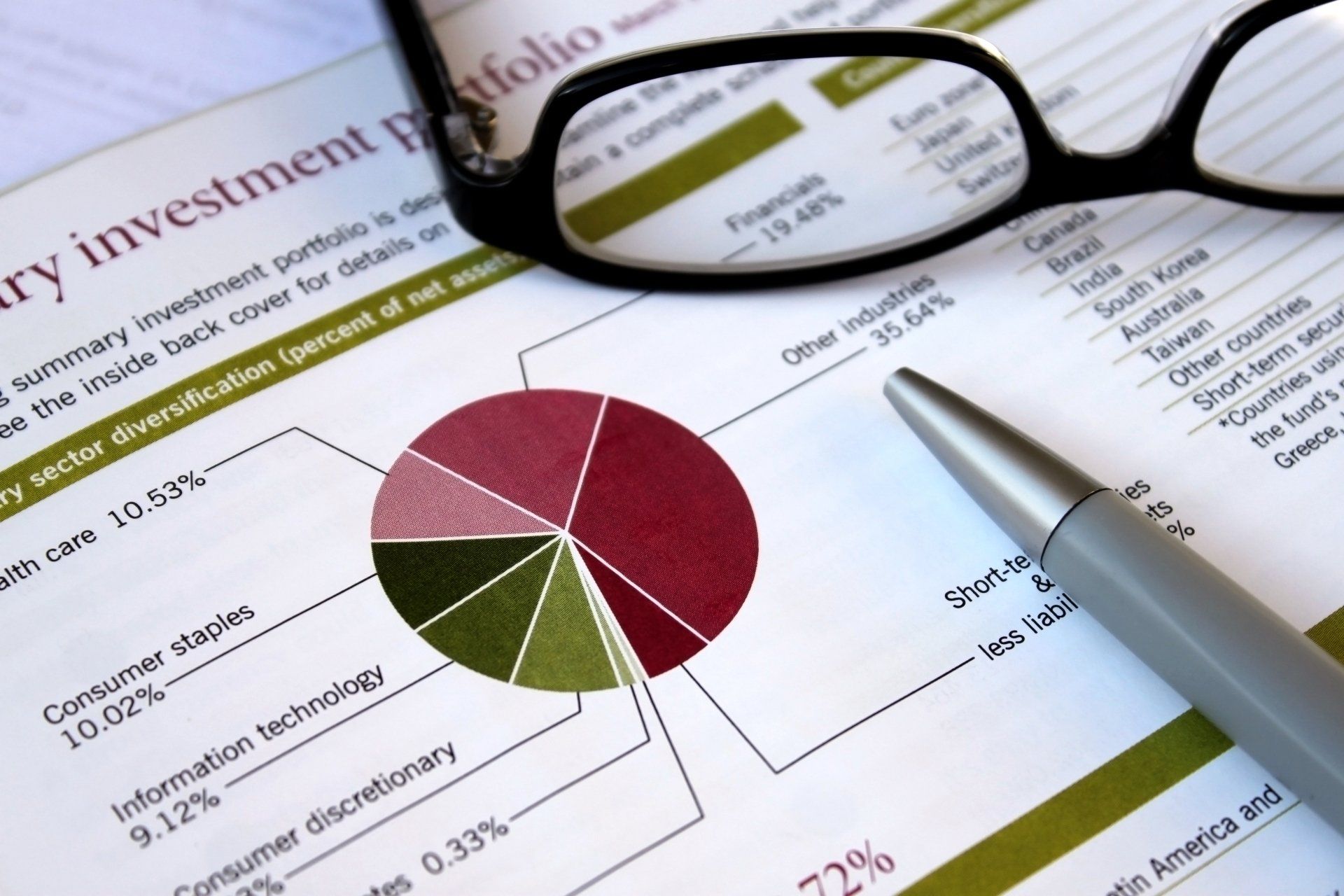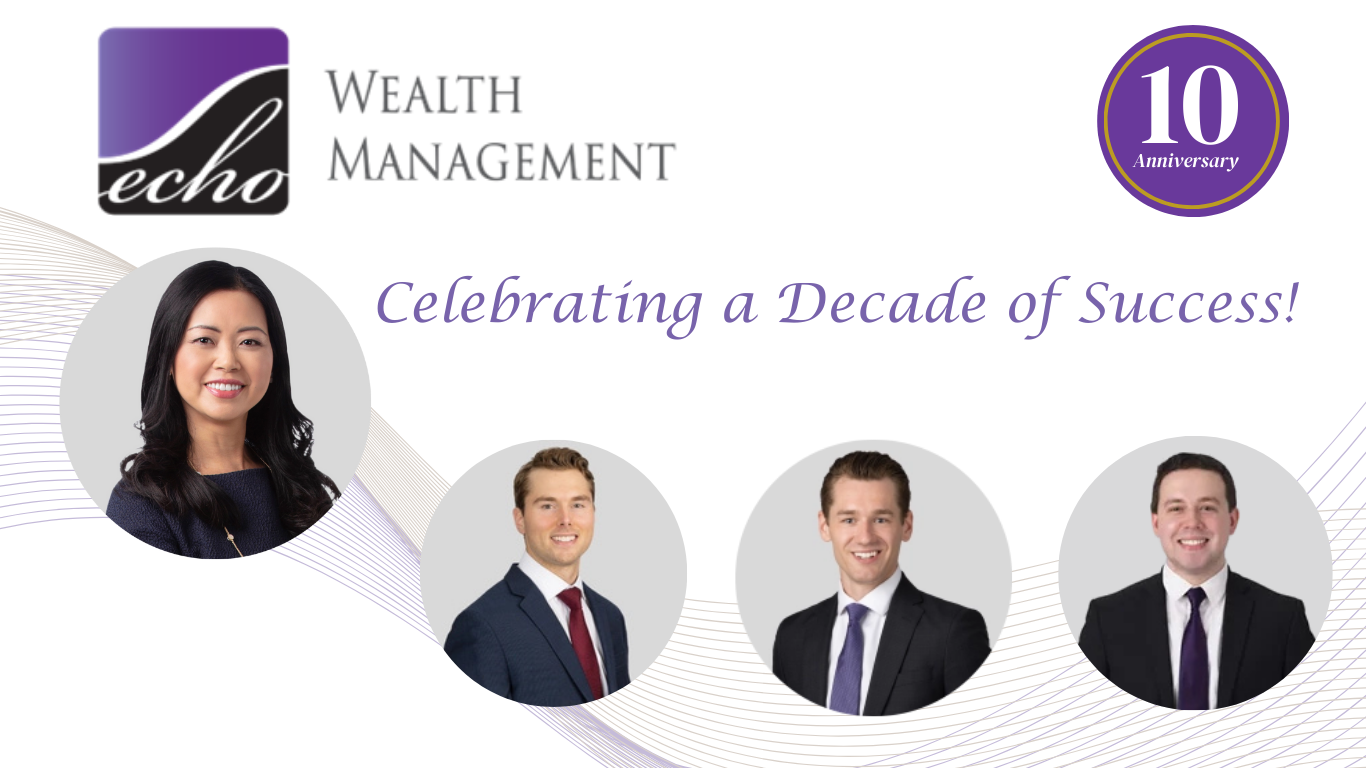Weighing the Benefits of Stocks or Bonds to Save for Retirement
If you are planning for your future, then hopefully, you have put some thought into saving for retirement. When planning for retirement, there are many important factors to consider, such as how much investment risk is appropriate for your financial goals—and your comfort level. If what I have mentioned so far resonates with you, then the next question is, should you invest in stocks or bonds for your retirement savings?
There is a lot to unpack here because every investment has risks. When the stock market goes up, the usual pattern is that the bond market goes down (usually due to the Federal Reserve Bank increasing interest rates), but market cycles can be very strange indeed. In 2018, both the stock and bond markets lost money. In 2019, both the stock and bond markets had a great return. In 2020, the stock market had a sharp decline in the Spring and recovered, while the bond market has had a steady positive return as our country is in recession and dealing with the COVID-19 pandemic. This is precisely why everyone needs a solid education in investment planning, whether working alone or with an advisor, to determine risk tolerance and, on that basis, the right asset allocation to maximize after-tax risk-adjusted return.
Many investors fear volatility in the market because they worry a market downturn would erase their hard-earned savings, but there is no need to fear volatility. Yes, it represents risk in the short-term, but it also creates opportunities for investors with a long-term horizon to get into the market at attractive price levels.
I want to offer you a few sample investments and what they have returned over time:
- U.S. Treasury Bills - Treasury bills are seen as an efficient proxy for money market accounts. According to Ibbotson Associates, from 1926-2018, these bills’ compound annual return is approximately 3.3 percent. Since inflation was nearly non-existent until 1960, this was quite an attractive return. Consider this: if you had invested just $1 into Treasury bills in 1926, your investment would be worth $21 in 2018.
- Long-Term Government Bonds - In the same time period from 1926-2018, long-term government bonds returned about 5.5 percent annually. This means a $1 investment in 1926 would have produced $142 in 2008.
- Stocks - Stocks have yielded solid returns for investors since 1926, as well. Large-cap stocks’ compound annual return is 10.0 percent from that time to 2018. Clearly, this is a much higher return than bills or bonds. To illustrate: that same $1 investment in 1926 would have become $7,030 in 2018.
What’s the Bottom Line?
It may come as a surprise that the long-term extremes for stocks and bonds are quite close, but both have shown 10-year periods of weakness and annual losses balanced against periods of double-digit gains. At the end of the day, though, stocks have produced higher average returns. For this reason, stocks are often identified as a superior investment vehicle for your retirement portfolio.
Although it can feel unsettling to assume risk in the stock market, with daily market shifts and occasional downturns, there’s no questioning that stocks provide the biggest bang for your buck over time. In fact, one thing that history has shown us is that the stock market remains on a long-term upward trajectory when you take the long view.
What Does This Mean for You?
What does this mean for your retirement planning? Well, you need to ensure you have positioned yourself for long-term growth by including a percentage of stocks in your investment portfolio. The percentage you invest in the market will likely be related to how close you are to retirement – you can afford to assume more risk with stocks if you’ll still be working for twenty years. Still, you may want to keep your portfolio a bit more conservative, investing a greater percentage in bonds and bills if you are only five years away from retiring and need additional stability in your finances. If you have guaranteed income from a pension or an annuity, you can lower the portion of bonds in your portfolio as the lifetime income acts like the interest income of bonds.
Keep in mind that the stability that comes with bills and bonds might be extremely attractive, but you must consider whether those investments will allow you to have your desired purchasing power and lifestyle in retirement. Consumer Reports research shows that the things we purchase double in price about every 14-24 years, so you will want to set up your retirement portfolio for continued growth, so you don’t find yourself struggling financially as you age.
On the flip side, bonds and cash have a rightful place in most investment portfolios, too, and their stability is useful for the money you will need access to in the short-term (within five years). However, the money you won’t need to access until ten or more years down the road will likely be better off invested in stocks.
To minimize your risk by diversifying across various asset classes, most investors should consider using low-cost exchange-traded funds (ETFs) and index mutual funds instead of picking individual stocks and bonds. If you don’t know how to start, get educated by reading some books and blogs, and start looking for an advisor you trust to help you get started early.
Weighing the Benefits
In the end, only you know your retirement goals. This means only you and your advisor can decide the asset allocation and investment mix that’s right for your future. Understanding which investments offer a higher return rate and establishing your retirement timeline are useful steps in evaluating your future financial outlook as you take steps to create the retirement lifestyle you’ve always dreamed of.
If you would like to discuss retirement further and weigh your options with a knowledgeable advisor, I invite you to schedule a complimentary 30-minute Discovery Call. My team at Echo Wealth Management and I can help you make the best decision for you and your family. Wealth management can be complicated, but it doesn’t have to be. Let’s chat and see how we can be of service to you.













